
IT’S time for the cuckoo, although I’ve never heard one at Spring Cottage in the 16 years that I’ve lived here. To hear one I have to travel to a nearby nature reserve, but it wasn’t always so. In the 1950s cuckoos were ubiquitous and newspapers were full of letters from people claiming to have heard the first cuckoo of spring. When I lived in Northamptonshire in the 1980s, I regularly saw (and heard) two male cuckoos on the telephone wires, see-sawing about like a pair of Dippy Duck toys.
Back then, I thought the cuckoo would be part of my life forever, but that’s sadly not the case. The BTO (British Trust for Ornithology) tells us that we’ve lost more than 40% of our cuckoos in the UK over the past 20 years and they’ve been trying to find out why. A team, led by Chris Hewson, tagged 42 male cuckoos from nine breeding locations in England, Scotland and Wales, between 2011 and 2014. They discovered that cuckoos use two separate routes when they migrate back to the Congo Basin in Africa.
Esta historia es de la edición April 23, 2022 de Amateur Gardening.
Comience su prueba gratuita de Magzter GOLD de 7 días para acceder a miles de historias premium seleccionadas y a más de 8500 revistas y periódicos.
Ya eres suscriptor ? Conectar
Esta historia es de la edición April 23, 2022 de Amateur Gardening.
Comience su prueba gratuita de Magzter GOLD de 7 días para acceder a miles de historias premium seleccionadas y a más de 8500 revistas y periódicos.
Ya eres suscriptor? Conectar
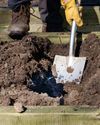
To dig or not to dig?
Should we be carrying out a full dig on plots now? Bob considers the pros and cons of the 'autumn dig' debate
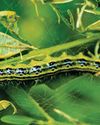
The box ball blues
As if his beleaguered box hadn't already taken a beating, Toby now has to deal with some hungry box caterpillars
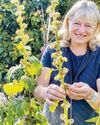
Save your own seeds
Masterclass on: seed saving
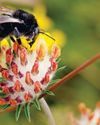
Strange sightings
Three unusual insects turn up in Val's garden in one day

A bolt from the blue!
Cornflowers are perfect for garden and vase
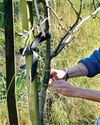
Winter moth prevention
Ruth shows you how to avoid maggoty tree fruits
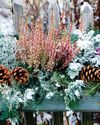
Create a winter container
There are as many options as in summer
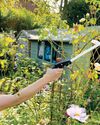
Lightweight gardening tools
AS well as being good for our mental health, gardening is also great exercise.

Autumn price round-up
AG finds better bargains in lesser-known brands
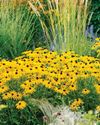
Rudbeckias
Rudbeckias are ideal for sunny summer patios and borders, with some able to survive our coldest winters